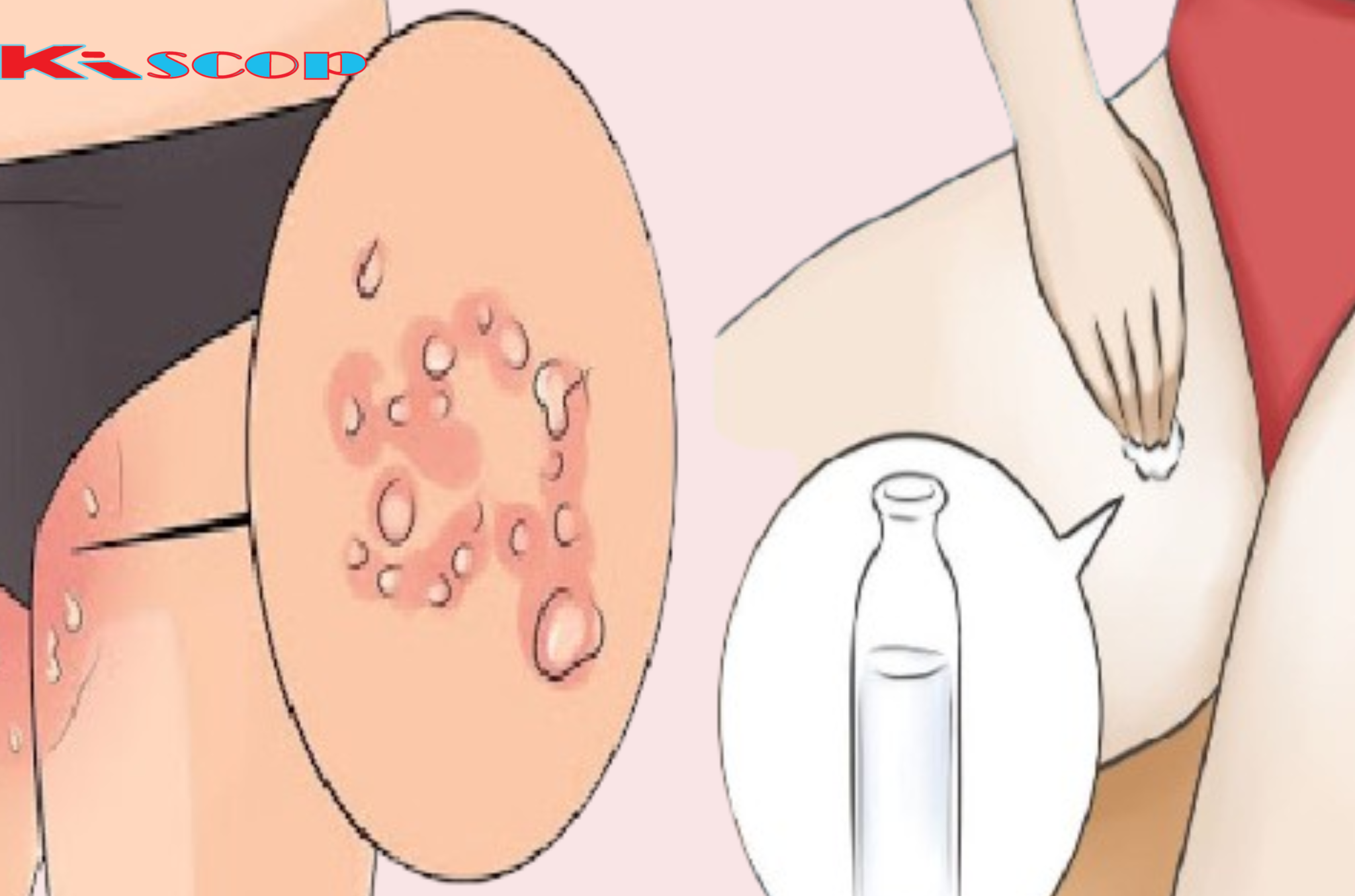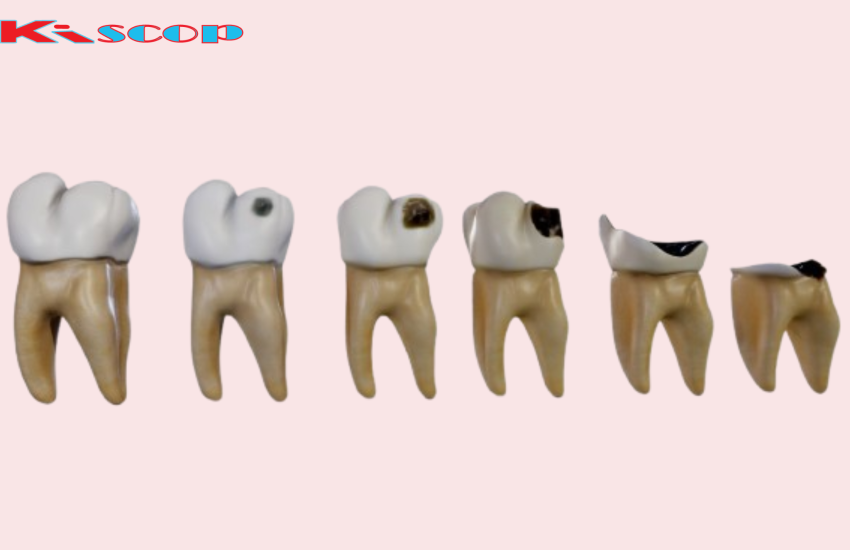Reasons for Getting Skin Fungus and How to Prevent It
Skin fungus, also known as a fungal infection, is a common condition that can affect various parts of the body, including the feet, nails, scalp, and groin. These infections are caused by fungi, which thrive in warm, moist environments and can easily spread from person to person or through contact with contaminated surfaces. Understanding the causes of skin fungus and how to prevent it can help you maintain healthy skin and avoid uncomfortable and potentially serious infections.
1. Common Causes of Skin Fungus
A. Warm and Humid Environments Fungi thrive in warm, humid conditions, making environments like locker rooms, public showers, swimming pools, and even your own shoes prime breeding grounds for fungal infections. Prolonged exposure to such environments, especially if your skin stays moist for extended periods, increases the risk of developing a fungal infection.
B. Poor Hygiene Not maintaining proper hygiene can lead to the accumulation of sweat, dirt, and dead skin cells, providing an ideal environment for fungal growth. This is particularly true for areas of the body that are more prone to moisture, such as between the toes, the groin, and under the breasts.
C. Weakened Immune System Individuals with weakened immune systems, whether due to illness, medications, or other health conditions, are more susceptible to fungal infections. The immune system typically helps fight off harmful pathogens, including fungi, but when it’s compromised, these infections can take hold more easily.
D. Tight or Non-Breathable Clothing Wearing tight clothing or materials that don’t allow your skin to breathe can trap moisture against your skin, creating an environment where fungi can flourish. Synthetic fabrics, in particular, can contribute to this problem, as they don’t absorb moisture as well as natural fibers like cotton.
E. Direct Contact with Infected Surfaces or Individuals Fungal infections are highly contagious and can spread through direct contact with an infected person or by touching contaminated surfaces, such as towels, bedding, or floors in communal areas. Sharing personal items like razors, clothing, or shoes can also increase your risk of infection.
F. Prolonged Use of Antibiotics While antibiotics are effective in treating bacterial infections, they can also disrupt the balance of good bacteria on your skin. This disruption can allow fungi to grow unchecked, leading to a fungal infection.
2. Types of Skin Fungus
A. Athlete’s Foot (Tinea Pedis) A common fungal infection that affects the feet, particularly between the toes. It can cause itching, burning, and peeling skin.
B. Ringworm (Tinea Corporis) Despite its name, ringworm is not caused by a worm but by a fungus. It appears as a red, circular rash with clearer skin in the center and can affect various parts of the body.
C. Jock Itch (Tinea Cruris) This type of fungal infection affects the groin area, causing itching, redness, and a rash. It is common among athletes and those who sweat heavily.
D. Nail Fungus (Onychomycosis) A fungal infection that affects the nails, causing them to become thickened, discolored, and brittle. It can affect both fingernails and toenails.
E. Scalp Fungus (Tinea Capitis) A fungal infection of the scalp that can cause hair loss, scaling, and itching. It is more common in children than in adults.
3. How to Prevent Skin Fungus
A. Maintain Good Hygiene Regularly wash your skin with soap and water, paying special attention to areas prone to moisture buildup, such as between the toes, under the breasts, and in the groin area. Ensure that you dry these areas thoroughly after bathing or sweating, as moisture encourages fungal growth.
B. Wear Breathable Clothing Opt for loose-fitting clothing made from natural fibers like cotton, which allow your skin to breathe and wick away moisture. Change out of sweaty clothes as soon as possible, especially after exercise or in hot weather.
C. Use Antifungal Products Consider using antifungal powders or sprays in areas prone to fungal infections, such as your feet and groin. These products can help keep the skin dry and reduce the risk of infection.
D. Avoid Sharing Personal Items Do not share personal items such as towels, razors, clothing, or shoes, as these can harbor fungi and spread infection. Always use your own items, especially in communal areas like gyms or locker rooms.
E. Protect Your Feet in Public Areas Wear flip-flops or water shoes in public showers, locker rooms, and around swimming pools to avoid direct contact with contaminated surfaces. This simple step can greatly reduce your risk of contracting athlete’s foot and other fungal infections.
F. Strengthen Your Immune System A strong immune system can help your body fight off fungal infections. Maintain a healthy diet, exercise regularly, get enough sleep, and manage stress to keep your immune system functioning optimally.
G. Keep Nails Short and Clean Trim your nails regularly and keep them clean to prevent fungal infections. Avoid using nail polish or artificial nails if you have a fungal infection, as they can trap moisture and worsen the condition.
H. Use Antibiotics Responsibly Only use antibiotics when prescribed by a healthcare professional, and complete the full course as directed. Overuse of antibiotics can lead to fungal infections by disrupting the natural balance of microorganisms on your skin.
4. When to See a Doctor
If you suspect you have a fungal infection that isn’t responding to over-the-counter treatments or is causing significant discomfort, it’s important to see a healthcare professional. Prescription antifungal medications may be necessary to clear up the infection. Additionally, if you have a weakened immune system or a chronic health condition, seeking medical advice early can help prevent complications.
Conclusion
Skin fungus is a common but often preventable condition. By understanding the causes and taking proactive steps to maintain good hygiene, protect your skin, and support your immune system, you can reduce your risk of developing a fungal infection. If you do experience symptoms of a skin fungus, early treatment can help clear up the infection and prevent it from spreading. With the right precautions, you can keep your skin healthy and fungus-free.
0



